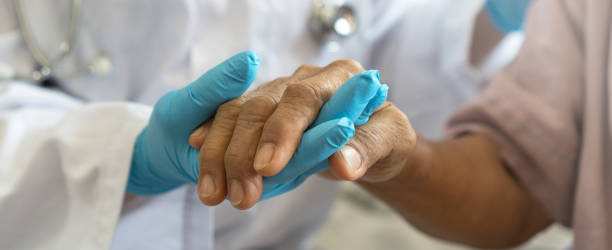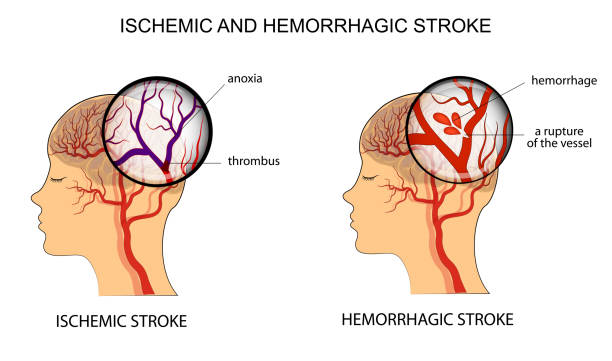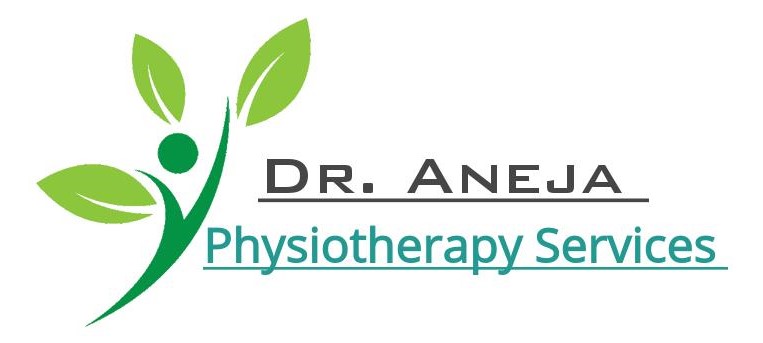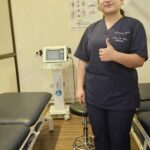Introduction:
As many of Us have heard of stroke , Paralysis or Hemiplegia. In our ongoing lives we have encountered at least one stroke patient if not more than that, some of which are our acquaintance. but the real question is” What is stroke?” and how does it occur and call effect on our body. How important is physiotherapy in stroke? Well, stroke is defined as the destruction or overflow of blood in the blood vessels supplying to the brain which results in the less of oxygen supply to the brain. Moreover, stroke not only effects muscles of the body but also loses the ability to speak, understand, memorize, behave and many more.

As well as stroke is also known as Cerebrovascular accident i.e., CVA. On the contrary there is (TIA) transient ischemic attack or also known as mini stroke. Both stroke and TIA have similar symptoms except symptoms of TIA only last for short amount of time i.e., more than 24 hours. In TIA there is temporary loss of blood flow to the brain therefore it is considered as a warning sign for stroke. Although TIA and stroke have some symptoms but they can be differentiated by examining the CT scan of brain
Warning signs of stroke
1) Sudden numbness or weakness in body
2) Sudden headache
3) Sudden blurred vision in one or both eyes
4) Sudden slurred speech
5) Sudden problem in balancing
6) Sudden problem in swallowing and ruling from mouth.
It’s better to reach out to medical emergency as soon as possible whenever someone encounters with the symptoms.
Significance of physiotherapy in stroke patients

Early management in stroke works as a miracle in patients as it helps to maintain the mobility, strength and endurance of muscles. According to studies patients who started early rehab programs recovered better than the patients who didn’t start rehab protocols.
What is STROKE?

Stroke is defined as a sudden neurological deficit caused by focal vascular lesion in the brain. It is classified into two types:
- Ischemic stroke
- Hemorrhagic stroke
Ischemic stroke:- it occurs when there is blood clot in blood vessel that supplies to the brain.
The tissues present and the brain cells begin to die due to lack of oxygen and nutrients in minutes.
There are mainly two types of ischemic stroke:-
a)thrombotic stroke- these type of stroke is caused by any blood clot develop in the blood vessels of the brain.
b) embolic stroke- these are caused by a blood clot or block debris is not initially started from any other region of the body and then travels to one of the brain blood vessels.
Haemorrhagic stroke:- this type of stroke occurs when there is rupturing of blood vessels in rain and bleeding is seen.
Stages of Brain Stroke
Stages of Brain Stroke explains the changes in body with time after insult to the brain. They can be divided as follows :
a)flaccidity
b)spasticity
c)increased spasticity
d)decrease spasticity
e)decrease in spasticity continues
f)diminished spasticity and reappearance of co-ordination
Stage 1- FLACCIDITY
*Facility is mainly defined as when the muscles are not able to produce movement and due to that the muscle starts to feel like limping and floppy muscles.
*In this stage of stroke there is no movement seen in muscles.
Stage-2: SPASTICITY APPEARS
*Spasticity is essentially a reflex and we know reflexes are our body way of protecting ourselves.
*Spasticity refers to muscle tightness due to any miss functioning or lack of signals being derived towards the brain or spinal cord.
*The brain during stroke cannot produce process the signals being sent.
Stage-3: INCREASED SPASTICITY
*In this stage the muscles get more tighter and gets harder for muscles to be relaxed.
*This stage of stroke focuses on muscle synergy action.
*Synergy pattern are abnormal, primitive and which can be triggered either reflexively or voluntarily.
Stage-4: DECREASED SPASTICITY
*In this stage of stroke recovery the motor recovery starts taking place and the muscles which are in voluntary starts to decline the level of spasticity.
*The signals sent by brain to the targeted muscles is more successful.
*Some moments combination not belonging to synergy may appear.
Stage-5: DECREASE IN SPASTICITY CONTINUES
In this stage of stroke recovery the signals sent by brain to the targeted muscles is more specific and even more successful. The muscle tightening of spasticity gets at minimal stage which allows the complexity movement at the affected side of the stroke.
Stage-6: DIMINISHED SPASTICITY AND REAPPEARANCE OF CO-ORDINATION.
In this stage the reflex from the brain to the muscles is targeted and the spasticity is diminished completely. Due to no spasticity the coordination gets too normal.
Complications of Stroke

Complications after stroke are very common These Complications Can be physical or neurological major complications /minor complications.
1. Brain Edema
Brain swelling is caused by Build-up of fluid and pressure inside skull that can affect flow of blood and oxygen to the brain. Brain edema is life threatening condition. And require emergency treatment.
Symptom Headache, Nausea, vomiting, breathing. Difficulties vision changes. Difficulty speaking Memory Loss, Difficulty moving Dizziness, Seizures.
2. PNEUMONIA:
Pneumonia is infection of lungs air sacs Symptoms Productive lough fever, chills, breathing difficulties. Swallowing, respiratory therapy and deep breathing
3. Dysphagia:
It is a common problem and can lead to food and liquids being breathed into lungs.
Symptoms, coughing, Shortness of breath with Swallowing.
4. URINARY TRACT INFECTION:
Urinary tract infection occurs in bladder, kidney, Urethra, ureters · Bladder control problem is common complication for those recovering from stroke, Cloudy urine or blood in urine, burning sensation during urination are some symptoms.
5. Seizures:
Seizures occurs when there is abnormal electrical activity in the cells of the brain. Seizures may Cause Convulsions, twitching, and changes in Awareness feeling and Sensation
6. Clinical Depression:
Feeling empty sad or Anxious for extended Periods of time, Feeling worthless and helpless. Feeling tired, fatigue are symptoms of depression.
7. Bedsores:
Bedsores are the pressure ulcers that are the injuries to the skin and tissue that occur due to decreased ability to move like lying in bed, sitting in same position for a long time. And being immobile. Common sites. – hips, tailbone, heels, shoulder Ankle
8. Limb contractures:
Shortening of muscles of arms and legs. Which happens due to Reduced ROM and Lack of exercise and leads to Pain and loss of movement.
9. Deep Vein Thrombosis:
DVT, blood Clots forms in veins of Legs because of immobility from the stroke.
It’s emergency situation and require immediate medical attention to prevent the clot from travelling to the lungs and cause a blockage.
10. APHASIA:
The difficulty in speaking and understanding speech due to brain damage, limit verbal communication Severely.
11. Headache:
Mild and severe head ache
It varies in intensity and location.
Increased fluid intake and Painkillers a used.
12. Involuntary Muscle tightening:
Muscle tightness after stroke causes stiffness in muscles which Limit the full Range of motion of joints.
PHYSIOTHERAPY Management

Physiotherapy management under experienced physiotherapist is very important in recovery.
Positioning-
Ability to change position gets affected in patients so it is important to maintain correct posture/position of patients.
Functional activities–
In mobility leads to various complications, so it is important to start functional activities early.
It is also helps to better recovery in patients and becomes independent soon.
Include early mobility of the patients.
Functional exercises–
Exercises makes the patient mobile mobile and increase their strength of muscles and functional exercises helps to restore activities of all days livings.
Functional electrical stimulation-
Electrical stimulation maintains the tone of the muscles in cases of stroke
Balance-
Balance training is required to stroke patient as balancing control is lost in these patients.
Gate training-
Stroke causes effect on normal working patterns of patient so gay training is given in stroke patients to normalise their working pattern.
We are providing best physiotherapist in Chandigarh, best physiotherapist in Mohali,best physiotherapist in panchkula and best physiotherapist in Zirakpur.



